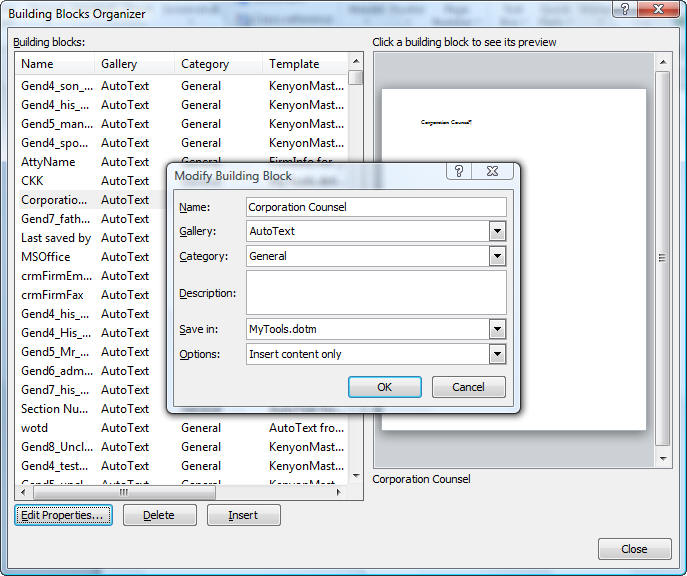

However, ⟨a⟩ occurs in many common digraphs, all with their own sound or sounds, particularly ⟨ai⟩, ⟨au⟩, ⟨aw⟩, ⟨ay⟩, ⟨ea⟩ and ⟨oa⟩. The double ⟨aa⟩ sequence does not occur in native English words, but is found in some words derived from foreign languages such as Aaron and aardvark.


the near-open front unrounded vowel /æ/ as in pad.In modern English orthography, the letter ⟨a⟩ represents at least seven different vowel sounds: There are some other cases aside from italic type where script a ("ɑ"), also called Latin alpha, is used in contrast with Latin "a" (such as in the International Phonetic Alphabet).įurther information: Pronunciation of English ⟨a⟩ Italic type is commonly used to mark emphasis or more generally to distinguish one part of a text from the rest (set in Roman type). Graphic designers refer to the Italic and Roman forms as "single decker a" and "double decker a" respectively. In some of these, the serif that began the right leg stroke developed into an arc, resulting in the printed form, while in others it was dropped, resulting in the modern handwritten form. Many fonts then made the right leg vertical. In Greek handwriting, it was common to join the left leg and horizontal stroke into a single loop, as demonstrated by the uncial version shown. Both derive from the majuscule (capital) form. The Roman form is used in most printed material it consists of a small loop with an arc over it ("a"). This slowly developed from the fifth-century form resembling the Greek letter tau in the hands of medieval Irish and English writers. The Italic form, also called script a, is used in most current handwriting it consists of a circle and vertical stroke on the right ("ɑ"). These variants, the Italic and Roman forms, were derived from the Caroline Script version.

Road sign in Ireland, showing the Irish "Latin alpha" form of "a" in lower and upper case forms.ġ5th-century Italy saw the formation of the two main variants that are known today. The Romans later adopted the Etruscan alphabet to write the Latin language, and the resulting letter was preserved in the Latin alphabet that would come to be used to write many languages, including English. The Etruscans brought the Greek alphabet to their civilization in the Italian Peninsula and left the letter unchanged. In the earliest Greek inscriptions after the Greek Dark Ages, dating to the 8th century BC, the letter rests upon its side, but in the Greek alphabet of later times it generally resembles the modern capital letter, although many local varieties can be distinguished by the shortening of one leg, or by the angle at which the cross line is set. When the ancient Greeks adopted the alphabet, they had no use for a letter to represent the glottal stop-the consonant sound that the letter denoted in Phoenician and other Semitic languages, and that was the first phoneme of the Phoenician pronunciation of the letter-so they used their version of the sign to represent the vowel /a/, and called it by the similar name of alpha. In turn, the ancestor of aleph may have been a pictogram of an ox head in proto-Sinaitic script influenced by Egyptian hieroglyphs, styled as a triangular head with two horns extended. The earliest certain ancestor of "A" is aleph (also written 'aleph), the first letter of the Phoenician alphabet, which consisted entirely of consonants (for that reason, it is also called an abjad to distinguish it from a true alphabet). 4.3 Ancestors and siblings in other alphabets.4.2 Derived signs, symbols and abbreviations.4.1 Descendants and related characters in the Latin alphabet.


 0 kommentar(er)
0 kommentar(er)
